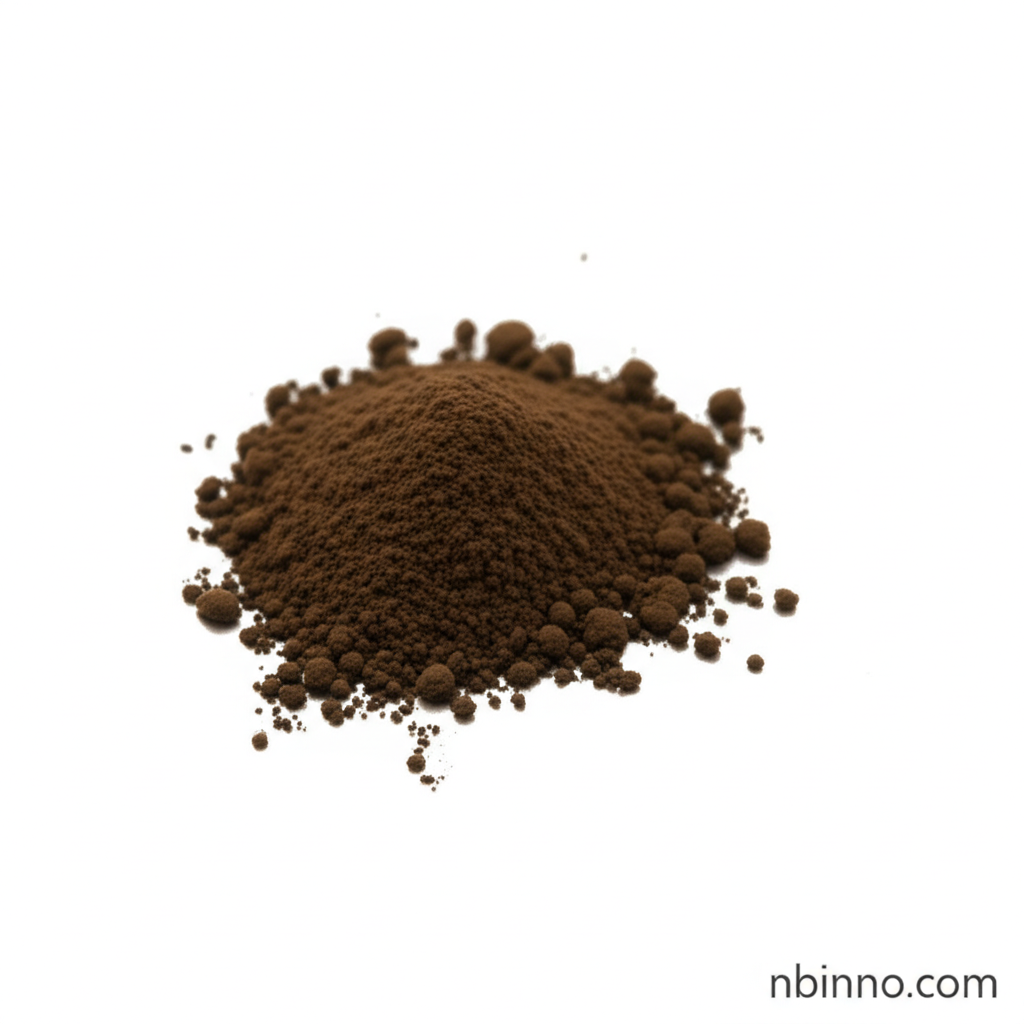Unlock the Potential of Organic Electronics with (6,6)-Phenyl C61 Butyric Acid Methyl Ester
Discover the key properties and groundbreaking applications of this essential n-type semiconductor.
Get a Quote & SampleProduct Core Value

(6,6)-Phenyl C61 Butyric Acid Methyl Ester
As a leading n-type organic semiconductor, (6,6)-Phenyl C61 Butyric Acid Methyl Ester is pivotal in advancing organic electronic devices. Its unique molecular structure, C72H14O2, grants it excellent solubility in common organic solvents like chlorobenzene and Toluene, facilitating its integration into complex material blends. This compound is particularly valued for its superior electron-accepting capabilities and high electron mobility, making it indispensable for achieving high performance in applications such as organic photovoltaics (OPVs) and organic field-effect transistors (OFETs).
- Explore the benefits of using a soluble n-channel organic semiconductor for next-generation plastic electronic components, enabling flexible and lightweight device designs.
- Leverage the power of bulk heterojunction OFETs and photovoltaic cells by incorporating this material, essential for efficient charge separation and transport.
- Understand how this compound serves as a critical electron transport material in perovskite solar cells, contributing to enhanced device stability and efficiency.
- Achieve superior device performance with materials offering high electron mobility, a key factor in the speed and effectiveness of organic electronic applications.
Key Advantages
Enhanced Electron Mobility
Experience superior performance in your electronic devices due to the high electron mobility of this phenyl C61 butyric acid methyl ester, crucial for efficient charge transfer.
Broad Solubility for Processing
The excellent solubility in organic solvents like Toluene makes processing easier, allowing for better integration into various material systems for photovoltaic applications.
N-Type Semiconductor Properties
Utilize its distinct n-type semiconductor characteristics, vital for creating effective electron transport layers in advanced energy devices like organic solar cells.
Key Applications
Organic Photovoltaics (OPVs)
As a leading electron acceptor, this material is fundamental to the efficiency and performance of OPVs, enabling effective charge separation in bulk heterojunction devices.
Organic Field-Effect Transistors (OFETs)
Its properties as a soluble n-channel organic semiconductor make it ideal for fabricating high-performance OFETs, crucial for flexible electronics.
Perovskite Solar Cells (PSCs)
This compound functions as a key electron transport material in PSCs, contributing significantly to improved charge extraction and overall device efficiency.
Plastic Electronics
Its compatibility with plastic substrates makes it a valuable component in the development of next-generation plastic electronic components, offering flexibility and lower manufacturing costs.
Related Technical Articles & Resources
Why Choose Us?
Leverage our expertise and state-of-the-art infrastructure to accelerate your journey from discovery to commercial success.
Global Experience
With 20 years of R&D, manufacturing, and sales experience, we proudly serve clients across 60 countries and regions worldwide.
Advanced Facilities
Our in-house R&D laboratory, pilot platform, and large-scale production workshop are equipped to meet the audit requirements of global customers.
Seamless Scalability
We facilitate a perfect transition from small-scale lab requirements (grams) to full commercialization (hundreds of tons).
